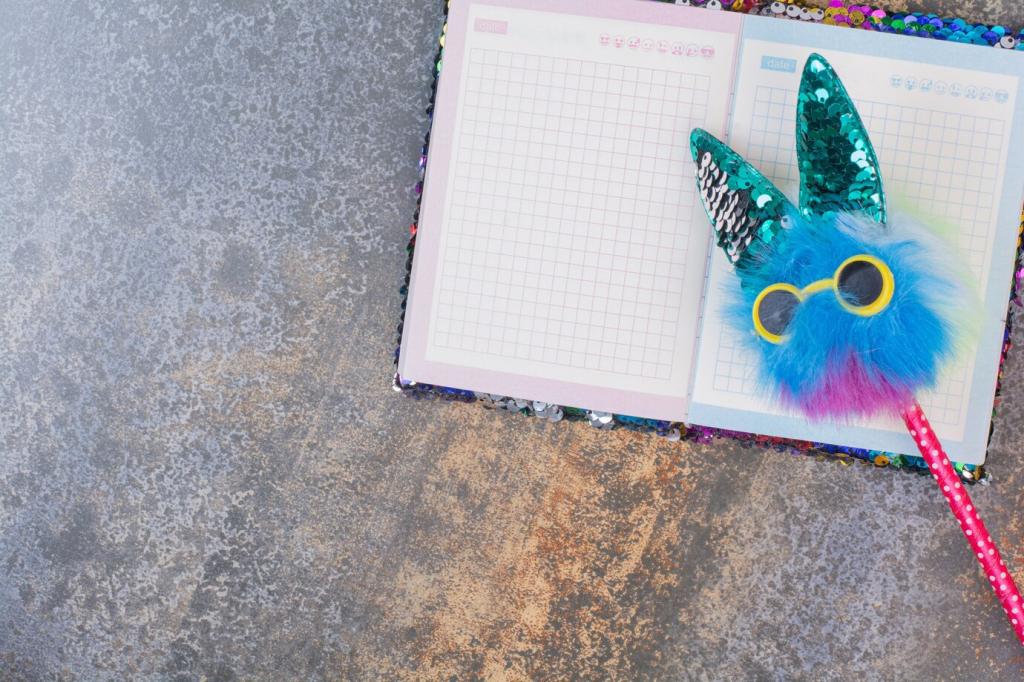Inquiry Projects for Small Explorers
Launch with a Wonder Wall where children’s questions live, grow, and guide choices. Use picture prompts, dialogic reading, and think-alouds to model curiosity. Cluster questions into themes and let children vote, fostering agency and democratic decision-making.
Inquiry Projects for Small Explorers
Design predictable cycles: observe, predict, test, and share. Invite community experts by video call, or examine real artifacts—seeds, feathers, maps. Offer child-friendly tools like magnifiers and clipboards so young researchers feel competent and excited about their discoveries.






